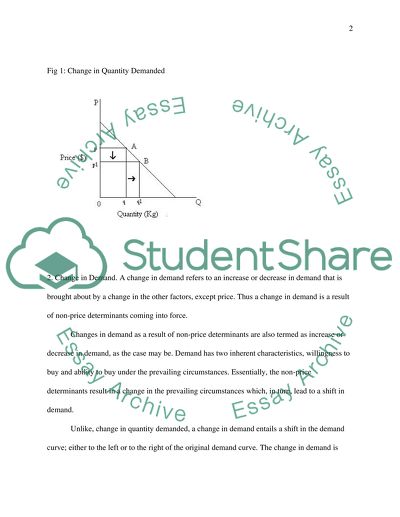Cite this document
(“Explain the difference between a change in demand and a change in the Essay”, n.d.)
Retrieved from https://studentshare.org/macro-microeconomics/1431146-explain-the-difference-between-a-change-in-demand
Retrieved from https://studentshare.org/macro-microeconomics/1431146-explain-the-difference-between-a-change-in-demand
(Explain the Difference Between a Change in Demand and a Change in the Essay)
https://studentshare.org/macro-microeconomics/1431146-explain-the-difference-between-a-change-in-demand.
https://studentshare.org/macro-microeconomics/1431146-explain-the-difference-between-a-change-in-demand.
“Explain the Difference Between a Change in Demand and a Change in the Essay”, n.d. https://studentshare.org/macro-microeconomics/1431146-explain-the-difference-between-a-change-in-demand.


